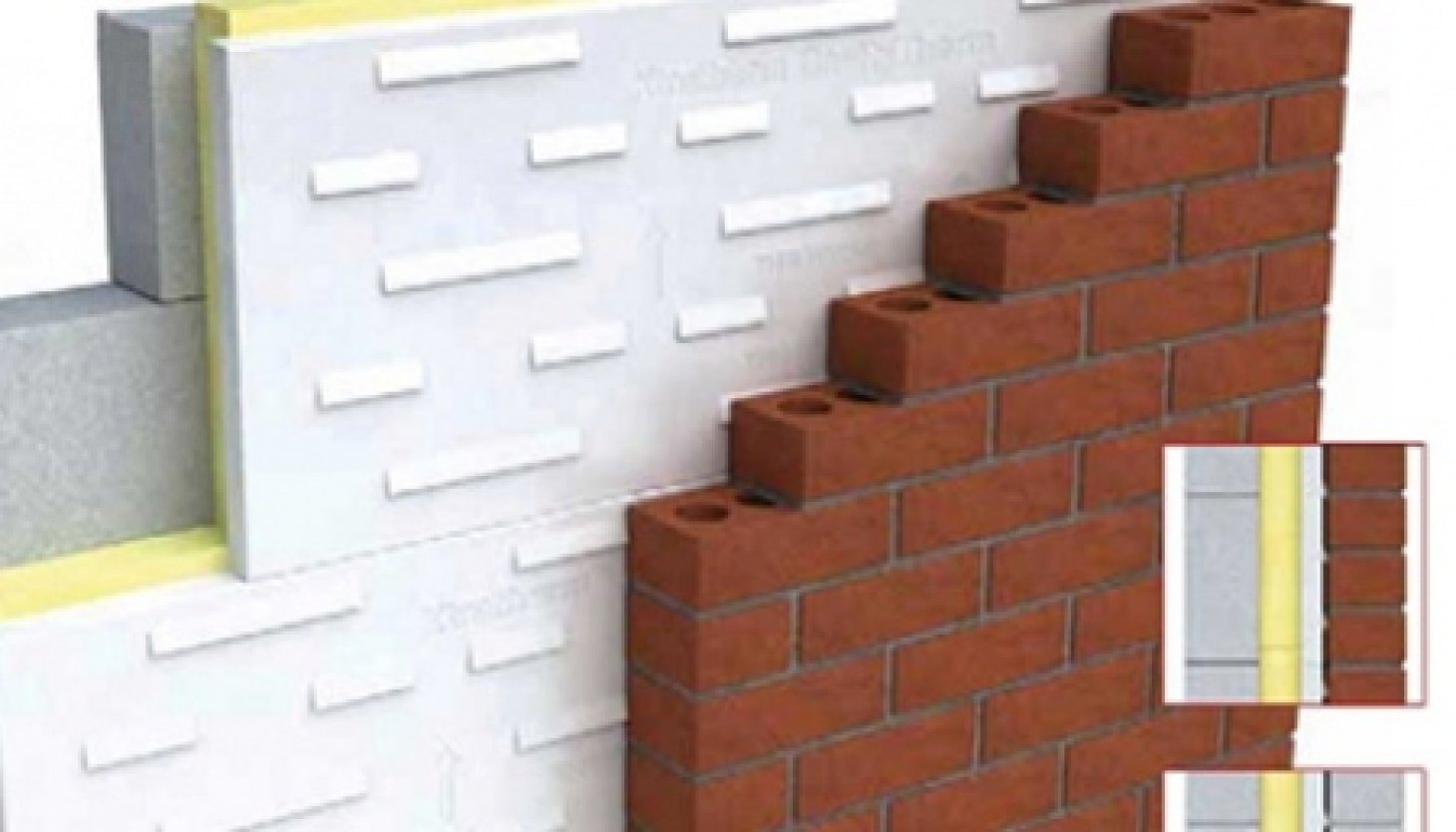
The increasingly stringent thermal insulation requirement for walls is leading to speculation about the building types that will be most effective in the future. At the centre of this discussion is the cavity wall, with some going so far as to suggest that this familiar construction method has had its day. Ali Riza examines this suggestion in the light of the new Part L.
Cavity wall construction is a method that has been used on site for decades and remains the most popular type for domestic housing: this is a situation that I can’t see changing in the foreseeable future. Solid wall construction may offer performance benefits, but the choice is ultimately one of aesthetics. While housebuyers still favour a brick facade, cavity walls are here to stay.
The method has proved extremely adaptable, with the U-value of standard cavity walls getting better and better, keeping pace with the move to build more sustainable houses. At H+H we are currently supplying aircrete blocks for wall constructions acheiving a U-value of 0.18W/m2/K – considerably more efficient than is required by the most recent revision of Part L.
Until recently, this level of thermal efficiency required a cavity of 150mm. Although perfectly acceptable to housebuilders, a smaller cavity is clearly preferable and, with some innovation in insulation materials , we now have an option to provide the same U-value using a cavity of just 100mm: an example of innovation enabling a trusted construction method to perform to continually higher standards.
The most recent revision to Part L specifies a long-stop U-value of 0.3W/m2/K. This level of thermal efficiency is acceptable if renewable energy sources (such as PV panels) are used to bring the building up to required standards. However, H+H’s view is that it is preferable to achieve the best possible result with the building fabric, rather than relying on renewables, so we are anticipating that the majority of new houses will require walls with a U-value of between 0.2 and 0.25W/M2/K, a performance which can be easily achieved using currently available products.
In continental Europe, where highly insulated houses have been the norm for many years, solid walls are more common. It is a simple exercise to achieve exceptionally good U-values with a 200mm aircrete block and external insulation. Extremely efficient and easy to build the only disadvantage of this construction method in the UK is that the traditional brick appearance is lost. The resulting rendered or clad facade is common on some of the more high profile Low or Zero Carbon projects, but it is not an aesthetic that is, so far, proving popular within mainstream housebuilding.
Personally, I think it is far too early to be sounding the death knell for the cavity wall.